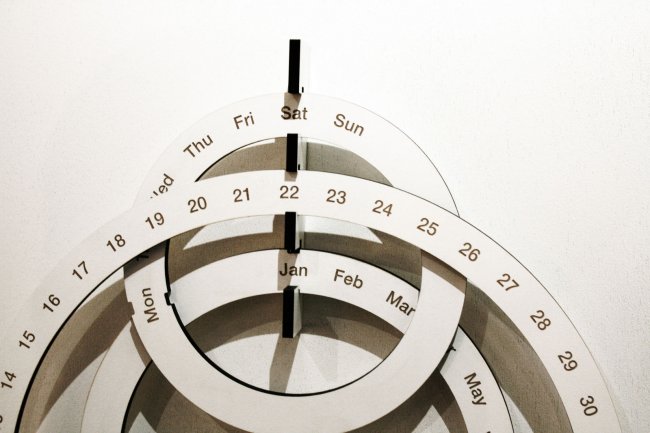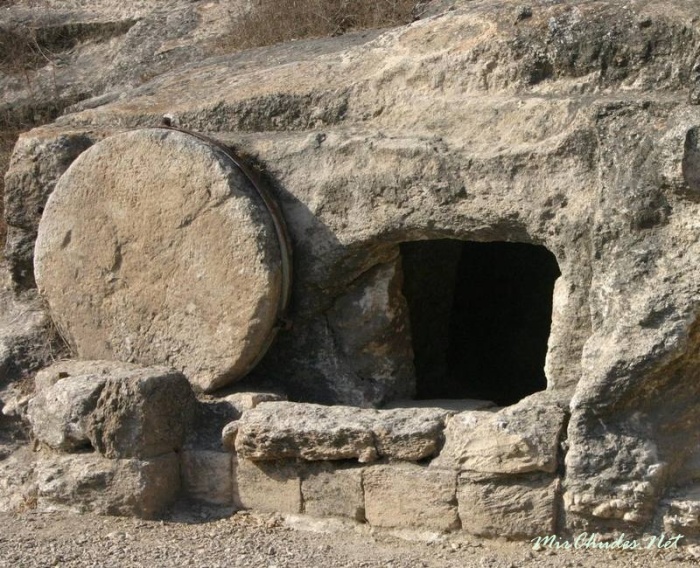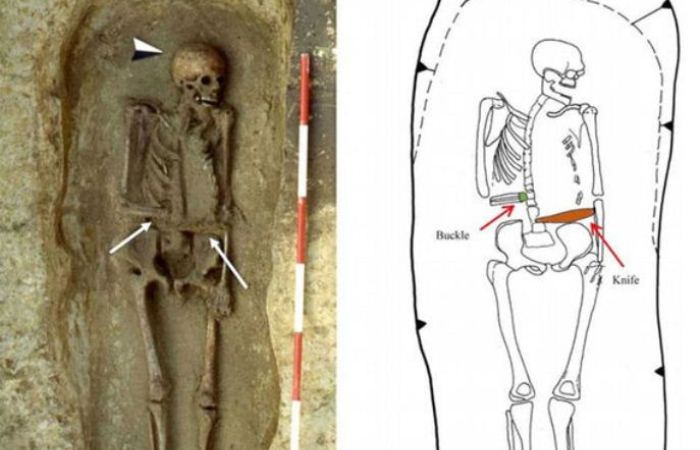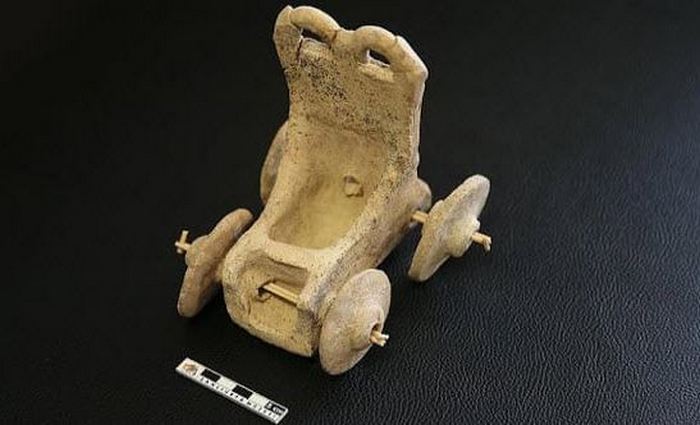| Snake stones, ancient caviar and other interesting facts
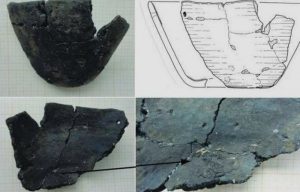 10 200 to 10 400 years). This burial ground with skeletons was found in 1914 in the cave of Avilins Hole. When in 2005, “engravings” were found on the walls in the Long Hole cave, the scientists immediately became interested in the discovery. The wall painting consisted of three seemingly insignificant squares. But such a geometric trio was a rarity, and this was found only twice in Britain.
10 200 to 10 400 years). This burial ground with skeletons was found in 1914 in the cave of Avilins Hole. When in 2005, “engravings” were found on the walls in the Long Hole cave, the scientists immediately became interested in the discovery. The wall painting consisted of three seemingly insignificant squares. But such a geometric trio was a rarity, and this was found only twice in Britain.
These squares, carved on the walls, also resembled others found throughout Europe and made around the same time. Most likely, they were created with the help of stone tools about 10,000 years ago, that is, immediately after the last ice age. Scientists love to study this time because of the mass of cultural and environmental changes taking place then. Cheddar Caves were clearly important to the Mesolithic communities, but the significance of these squares has not yet been deciphered.
2. The face of a teenager
When primitive people buried a member of their community in a cave in Greece, they could not even guess that 9,000 years later people would see what this man looked like during his lifetime. No one knows her story, but the woman was only about 18 years old when she died for an unknown reason.
Archaeologists found her grave in the 1990s and nicknamed her “Avgi”. The remains of the girl were buried in Theopetra cave, an archaeological monument in which many finds were made, ranging from Paleolithic to Neolithic. In the cave, in addition to the bones, artifacts of 45,000 years old were discovered. Recently, doctors and specialists from many areas tried to restore Avgie’s face. The muscles were carefully modeled on the created copy of her skull, and then skin, hair, and eye color were added based on regional genetics. After completion, the researchers first saw what a Mesolithic teenager looked like. Avga had a long face, a bulging jaw and close-set dark eyes.
3. Caviar in the diet
The ceramic bowl proved that the Mesolithic menu was not as simple as it used to be considered. At least not in Germany. Contrary to popular belief that the culinary skill of people was limited to roasting animal carcasses, a study in 2018 showed that the ancient Germans were able to cook quite well. Traces of boiled caviar were found on the bowl. An analysis of the residues soon showed what the cook cooked that day. The 6,000-year-old lunch consisted of fresh carp caviar with greens. The type of green, unfortunately, could not be established. But if it was not a seasoning, then the researchers believe that it could be the leaves, which wrapped the food so that it remains warm. In any case, this shows that Mesolithic chefs were far from primitive.
4. The oldest wooden structures on the Thames
The headquarters of the MI6 stands directly above the Thames in south London. In 2011, archaeologists discovered near him the remains of the oldest wooden buildings on the Thames. Not only was his age significant, there was a certain secret connected with him.
The trees for construction were cut down between 4790 – 4490. BC, when the now silted area was probably dry land. Given that the lumber was heavy, it assumed that people had already created permanent residences at a time when they were mostly nomadic hunters.
